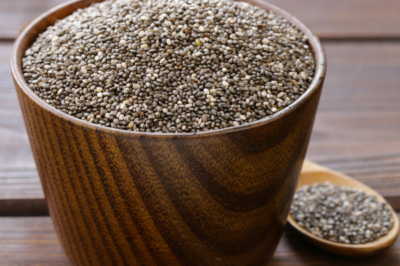Each sage seed contains the concentrated life force of an impressive herb plant. If you want to experience the cycle of life in all its stages, you can harvest and sow the seeds yourself. We explain how to do it on the windowsill and in the bed.

Autumn time is harvest time for seeds – here’s how it works.
If a sagebrush is allowed to flower, it invests all its energy in the growth of fruits and seeds. When autumn arrives, the flowers are completely withered. Now the ripe clover fruits with the coveted seeds are hidden behind them. This is how the seed harvest succeeds:
- Cut off the inflorescences on a dry day.
- Using a close-meshed sieve, remove the flowers and seed pods from each stem with your fingers.
- Sieve the flower-seed mixture until the pure seed remains
After the sage seeds have had 1-2 days to dry, they are stored in a dark, airtight container until sowing.
Sowing seeds on the windowsill – this is how to do it.
In late March or early April, get out the seeds and soak them in water or chamomile tea for a few hours. In these steps, the sowing continues:
Fill small seed pots (7.00€ at Amazon*) with seed soil or peat sand.
Insert 1 or 2 sage seeds at a time 1 to 1.5 centimeters deep
Thinly sift with sand above substrate and moisten
On the warm, semi-shaded windowsill germination takes 7-21 days. During this time, the seed soil should not dry out.
Simple and rational – direct sowing.
If the thermometer permanently exceeds the 10-degree mark from the beginning of May, the seedbed is prepared in a sunny location. Thorough weeding and fine-crumb soil cultivation set the stage for rapid germination. Use finely screened compost to optimize soil that is too sandy, while sand is used to improve soil that is too dense.
Sow individual sage seeds 30-40 centimeters apart, at a depth of 1.5 centimeters. After watering the bed with a fine spray, a garden fleece will serve as protection against delayed soil frosts and voracious pests.
Tips & Tricks
Do not be surprised if the self-harvested sage seeds turn into a completely different plant than the mother plant. Only the seeds of pure species, when sown, produce a plant with exactly the same attributes of its ancestors. If you want to be on the safe side, buy certified seeds from specialized stores.









